Bamboozle is a funny-sounding word, but if you’ve ever been bamboozled, it’s not funny at all; in fact, it’s an experience you’ll probably never forget, but not for Merkan’s, we’re bamboozled every hour of every day; so often, in fact, that we no longer recognize it; we’re desensitized, oblivious, and inured.
Bamboozle: to deceive by underhanded means or methods: to confuse, frustrate, throw off wholly and thoroughly, cheat, hoodwink, trick, fool, dupe, perplex, or hornswoggle.
I just spent the last few hours skimming through my posts on the Federal Observer. My goodness, I write a lot. I want to thank my good friend Jeff Bennett for sharing and archiving my work, but I’m not alone there on FO (interestingly, there is an alternate interpretation for those initials ). Jeff has more information on this site than any human could possibly absorb. Not to mention his three other sites, but that’s not the point of this current work, although we all owe Jeff our gratitude for his efforts to make America a better-informed republic.
Shakespeare said it best: “What’s Past is Prologue.”
Continue reading

 The year was 1984, and the fast-food battles were in full swing as purveyors employed every tactic imaginable to discredit one another. The phrase ‘where’s the beef’ became an advertising icon and was used in every possible sense, even straying into the political arena. Even Congress, the opposite of progress, used this catch-phrase…
The year was 1984, and the fast-food battles were in full swing as purveyors employed every tactic imaginable to discredit one another. The phrase ‘where’s the beef’ became an advertising icon and was used in every possible sense, even straying into the political arena. Even Congress, the opposite of progress, used this catch-phrase…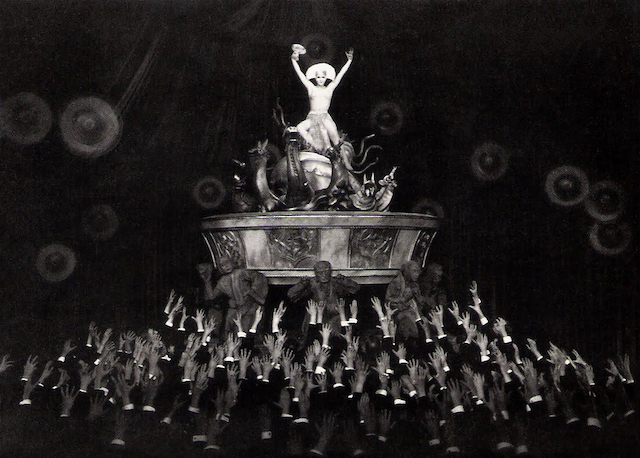 Why is probably the most open-ended indirect question ever posed, yet it’s on my mind constantly. An indirect question is a rhetorical device used to provoke thought or conversation, and it makes an excellent opening for this article.
Why is probably the most open-ended indirect question ever posed, yet it’s on my mind constantly. An indirect question is a rhetorical device used to provoke thought or conversation, and it makes an excellent opening for this article. Illegal Immigration & Sanctuary Cities
Illegal Immigration & Sanctuary Cities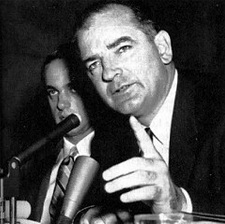

 But Jesus knew their thoughts, and said to them: “Every kingdom divided against itself is brought to desolation, and every city or house divided against itself will not stand. If Satan casts out Satan, he is divided against himself. How then will his kingdom stand?” ~ Matthew 12:22
But Jesus knew their thoughts, and said to them: “Every kingdom divided against itself is brought to desolation, and every city or house divided against itself will not stand. If Satan casts out Satan, he is divided against himself. How then will his kingdom stand?” ~ Matthew 12:22
 To our elected representatives in Congress, the opposite of progress, and all the other government decision-makers who tirelessly work all the angles, shake all the hands, kiss all the babies, make impossible promises, craft all the back-room deals, spend all our money on new and better ways to enrich their supporters and friends at our expense, concentrate your efforts on all the things that damage this republic, ignore the people who elected you, and cultivate the art of mendacity. It’s frustrating to see how you prioritize your interests over the nation’s well-being.
To our elected representatives in Congress, the opposite of progress, and all the other government decision-makers who tirelessly work all the angles, shake all the hands, kiss all the babies, make impossible promises, craft all the back-room deals, spend all our money on new and better ways to enrich their supporters and friends at our expense, concentrate your efforts on all the things that damage this republic, ignore the people who elected you, and cultivate the art of mendacity. It’s frustrating to see how you prioritize your interests over the nation’s well-being. 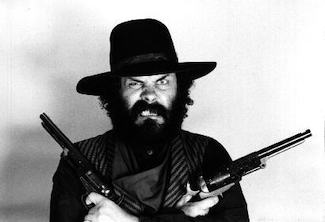 In old movies, especially westerns, you could always tell the good guys from the bad guys, the hero from the villain, by the color of their clothes, especially their hats. Good guys wore white, and bad guys wore black. This was designed so audiences in the early silent-movie era could distinguish characters in black-and-white films.
In old movies, especially westerns, you could always tell the good guys from the bad guys, the hero from the villain, by the color of their clothes, especially their hats. Good guys wore white, and bad guys wore black. This was designed so audiences in the early silent-movie era could distinguish characters in black-and-white films.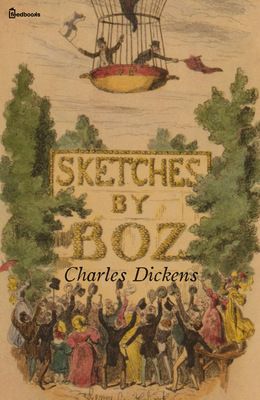 We must be absolutely crazy, out of our minds to waste the luxury of our First Amendment rights attempting to destroy this country for absurd political gains. It’s gang warfare on a national level. Two rival gangs vie for control of this turf called Merka and will fight to the death, even if it’s the death is the country itself.
We must be absolutely crazy, out of our minds to waste the luxury of our First Amendment rights attempting to destroy this country for absurd political gains. It’s gang warfare on a national level. Two rival gangs vie for control of this turf called Merka and will fight to the death, even if it’s the death is the country itself. It means that despite superficial changes, things’ underlying or fundamental aspects often remain constant. Turbulent changes do not affect reality on a deeper level other than to cement the status quo.
It means that despite superficial changes, things’ underlying or fundamental aspects often remain constant. Turbulent changes do not affect reality on a deeper level other than to cement the status quo.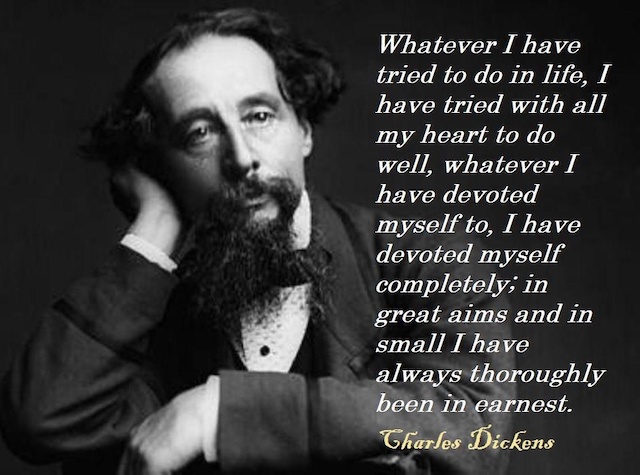 WARNING: this post contains language that you may find offensive – (Especially if you’re liberal!)
WARNING: this post contains language that you may find offensive – (Especially if you’re liberal!)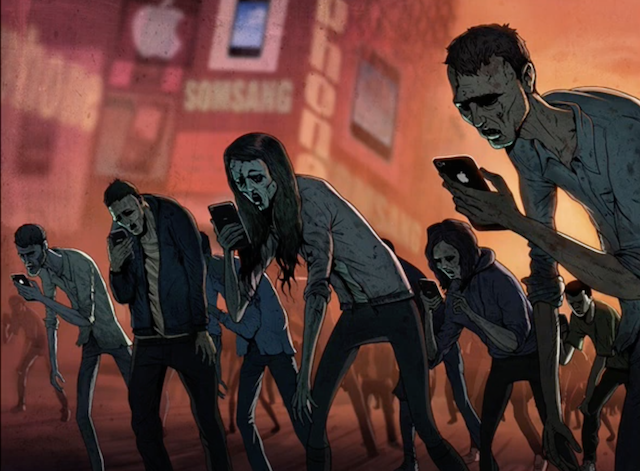 The title ‘What God Hath Wrought‘ has been a recurring theme in our history. It symbolizes our reverence for technological progress and serves as a poignant reminder of the potential harm that can arise from the misuse of our advancements.
The title ‘What God Hath Wrought‘ has been a recurring theme in our history. It symbolizes our reverence for technological progress and serves as a poignant reminder of the potential harm that can arise from the misuse of our advancements.